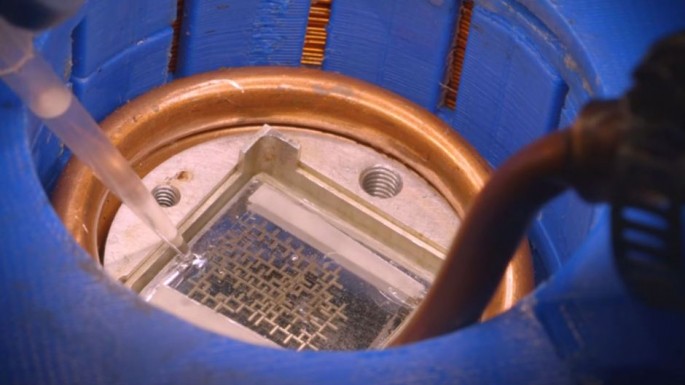After nearly a decade, a team of bioengineers led by Dr. Manu Prakash from Stanford University has developed a water-based computer infrastructure.
According to the researchers, this newly developed computer can carry out basic functions of a standard computer but in slower rates, Sci-News reported. This computer uses small water droplets that can move and manipulate the system while magnetic field traps it. Dr. Prakash said that water-based computer operates synchronously, resulting to precise work.
Researchers add water droplets to the system along with magnetic nanoparticles and turned on the magnetic field. Then, they will set the clock into a series of flipping or rotating motions, resulting to synchronized motion. As magnetic field flips, the magnetized water droplets change the polarity of bars in a more specific direction, as per The Christian Science Monitor report.
Water droplets are essential factor in this infrastructure because it represents information, which is directed by a magnetic field that will synchronize the tiny water, resulting to a precise timing. The absence of precise timing will lead to late operations within the processor. Water droplets measure about the size of kiwi seeds, while the processor is only one inch on each side.
Dr. Prakash said that their goal is to create an entirely new class of computers that may perform precise control and can directly manipulate the physical matter. Their newly developed computer may have a significant role in the field of computation and matter manipulation, but it does not intend to replace the digital ones for daily purposes.



























